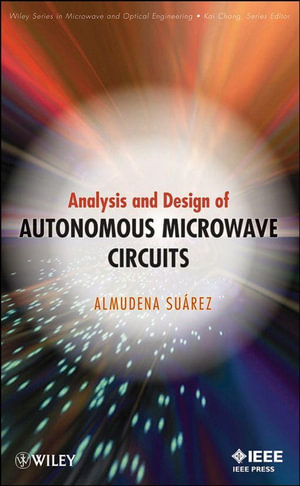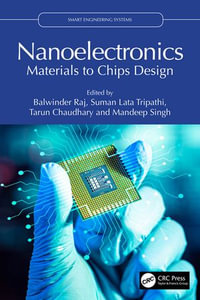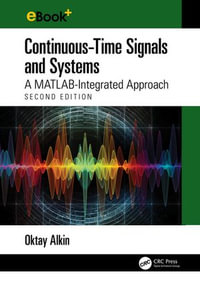
eTEXT
Analysis and Design of Autonomous Microwave Circuits
By: Almudena Suarez
eText | 17 February 2009 | Edition Number 1
At a Glance
eText
$321.19
Instant online reading in your Booktopia eTextbook Library *
Read online on
Not downloadable to your eReader or an app
Why choose an eTextbook?
Instant Access *
Purchase and read your book immediately
Read Aloud
Listen and follow along as Bookshelf reads to you
Study Tools
Built-in study tools like highlights and more
* eTextbooks are not downloadable to your eReader or an app and can be accessed via web browsers only. You must be connected to the internet and have no technical issues with your device or browser that could prevent the eTextbook from operating.
This book facilitates a sound understanding of the free-running oscillation mechanism, the start-up from the noise level, and the establishment of the steady-state oscillation. It deals with the operation principles and main characteristics of free-running and injection-locked oscillators, coupled oscillators, and parametric frequency dividers.
Analysis and Design of Autonomous Microwave Circuits provides:
An exploration of the main nonlinear-analysis methods, with emphasis on harmonic balance and envelope transient methods
Techniques for the efficient simulation of the most common autonomous regimes
A presentation and comparison of the main stability-analysis methods in the frequency domain
A detailed examination of the instabilization mechanisms that delimit the operation bands of autonomous circuits
Coverage of techniques used to eliminate common types of undesired behavior, such as spurious oscillations, hysteresis, and chaos
A thorough presentation of the oscillator phase noise
A comparison of the main methodologies of phase-noise analysis
Techniques for autonomous circuit optimization, based on harmonic balance
A consideration of different design objectives: presetting the oscillation frequency and output power, increasing efficiency, modifying the transient duration, and imposing operation bands
Analysis and Design of Autonomous Microwave Circuits is a valuable resource for microwave designers, oscillator designers, and graduate students in RF microwave design.
Read online on
ISBN: 9780470385890
ISBN-10: 0470385898
Published: 17th February 2009
Format: PDF
Language: English
Publisher: Wiley Professional Development (P&T)
Edition Number: 1






















